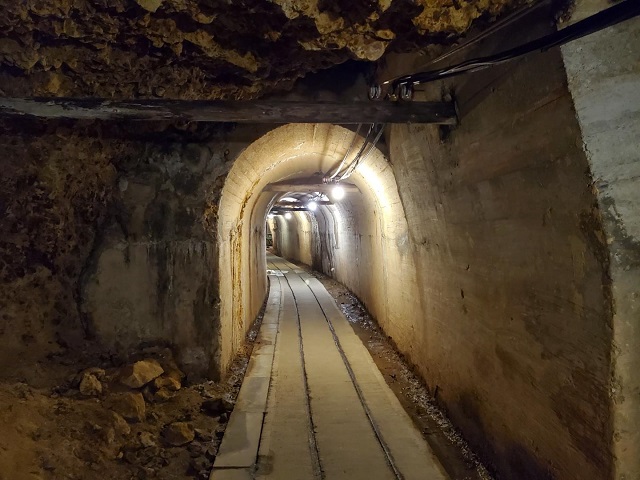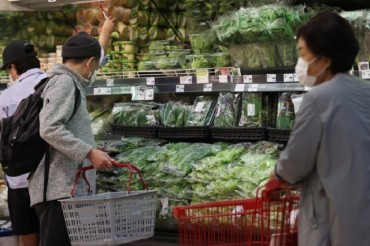
An underground shaft of a former gold and silver mine on Sado Island in Niigata Prefecture is seen in this photo taken on Jan. 4, 2021. (Yonhap)
TOKYO, Feb. 1 (Korea Bizwire) — The Japanese government on Tuesday sought the UNESCO World Heritage listing of a gold mine, according to a local media report, despite strong protests from South Korea over its connection to wartime forced labor
Following approval from the Cabinet of Prime Minister Fumio Kishida, the Tokyo government submitted a letter of recommendation for the gold and silver mines on Sado Island ahead of the deadline, Kyodo News said.
Last Friday, Japanese Prime Minister Fumio Kishida announced plans to nominate the mine on Sado Island for the 2023 UNESCO heritage list despite South Korea’s strong protest.
The South Korean government immediately expressed “strong regret” over the decision and called in its ambassador to Seoul Koichi Aiboshi to lodge a protest.
The government recently launched a task force involving officials and experts to respond to Tokyo’s move, describing it as an attempt “to cause conflicts with member states and politicize UNESCO.”
More than a thousand Koreans were forced into hard labor at the mine on Sado Island in Niigata Prefecture.
The move is expected to deepen diplomatic rifts between Seoul and Tokyo over shared history.
Many South Koreans believe Japan has yet to apologize sincerely for its atrocities during its 1910-45 colonization of Korea and offer appropriate compensation for victims.
The Sado mine originally operated as a gold mine in the 17th century, but it was turned into a facility to produce war-related materials, such as cooper, iron and zinc, during World War II.
It was completely shut down in 1989.
According to historical documents, as many as 2,000 Koreans were forced into hard labor at the mine.
(Yonhap)






